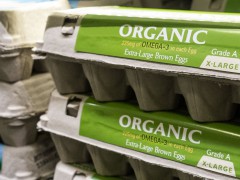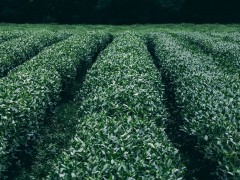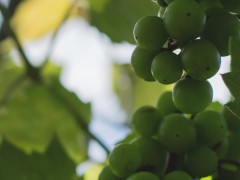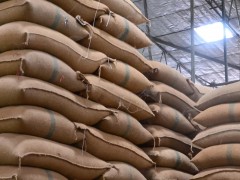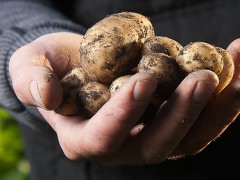Late last week, the USDA released a report on five case studies performed on small farms under the “Farm of the Future” program. The individual case studies make for some fascinating reading.
Each piece of land in the study used government conservation programs, private funding, agricultural extension services, and enhanced land management techniques to improve soil, air, and water quality. Each farm remained profitable during the study.
My favorite is the Mudford Farm study because its geography reminds me so much of most of the East End. I like the synergy created when traditional commodity crop production, federal wetland restoration funds, and hunting revenue all come together on a littoral piece of farmland. Mudford is a model that can be easily replicated out here.
Profitability does not necessarily require a bigger yield. In exchange for ceding some marginally productive land, the Mudford farm then turned one government program into two streams of dependable revenue. The farm receives income under the Conservation Reserve Enhancement Program to restore some wetlands, then collects fees from hunters who bag the game which inhabit them. Brilliant.




